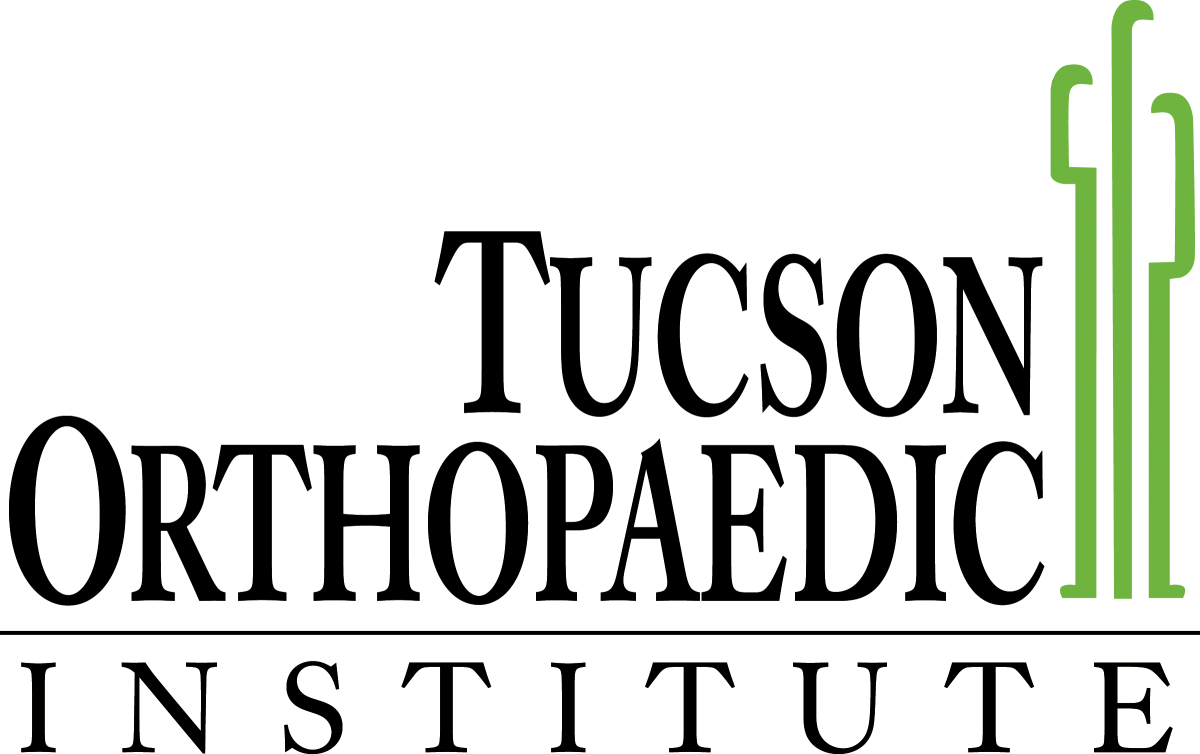A meniscus tear is a common knee injury. The meniscus refers to the rubbery, C-shaped disc the provides cushion between the thigh and shin bones. Each knee joint has two menisci.
Causes and Risk Factors
The meniscus can be torn as a result of activities that involve direct pressure or contact from a forced rotation or twist. It can happen when one lifts something heavy, does a sudden pivot or turn, or when one does deep squatting.
Athletes especially those in sports like football, soccer, tennis, and basketball are at high risk of suffering from meniscus tears. Older patients are also at risk of meniscus tears as a result of wear and tear.
Signs and Symptoms
The signs and symptoms of a meniscus tear can vary.
With a minor tear, a person may complain of mild pain and swelling. These usually go away in 2 to 3 weeks.
When one suffers from a moderate tear, there can be pain at the side or center of the knee. There can also be swelling which can slowly get worse in 2 to 3 days. While walking is still possible, a person with moderate meniscus tear may experience some stiffness and limitation in movement. The symptoms may go away in 1 to 2 weeks but the pain may still come and go if the tear isn’t treated.
Severe meniscus tears can make someone feel ‘wobbly.’ There can be difficulty in straightening the knee and it may pop or lock as a result of pieces of torn meniscus moving into the joint space. Swelling and stiffness may occur about 2 to 3 days after the injury.
When to See a Doctor
An untreated meniscus tear can lead to instability of the joint. Thus, professional medical care is needed.
A torn meniscus can be identified through a physical exam. The doctor will ask the patient to move the knee and leg in different positions, walk, and even squat. Through these physical tests, the doctor can identify the cause of the signs and symptoms.
Imaging tests may be recommended to confirm the diagnosis. X-rays can rule out other problems of the knees that have similar symptoms with meniscus tears. Magnetic resonance imaging (MRI) may be done to detect the torn meniscus and determine its severity.
Managing Meniscus Tears
Nonsurgical Treatment
Mild meniscus tears can be managed with the RICE method – rest, ice the knee for every 3 to 4 hours for 30 minutes, compress by wrapping the knee in an elastic bandage, and elevate to help reduce the swelling.
Over-the-counter (OTC) medications such as NSAIDs may be taken to reduce the pain and the swelling.
Surgical Treatment
If the symptoms do not improve with the nonsurgical intervention, surgery may be recommended.
Knee arthroscopy, partial meniscectomy, and meniscus repair are some of the common procedures done to repair the torn meniscus.
After the surgery, the affected knee may be placed in a cast or brace to keep it from moving. If meniscus repair is done, using of crutches is recommended to keep the weight off the affected knee.
Rehabilitation usually follows after the initial healing of the repaired meniscus tear. This usually involves doing certain exercises to help in restoring the knee’s strength, mobility, and range of motion.
